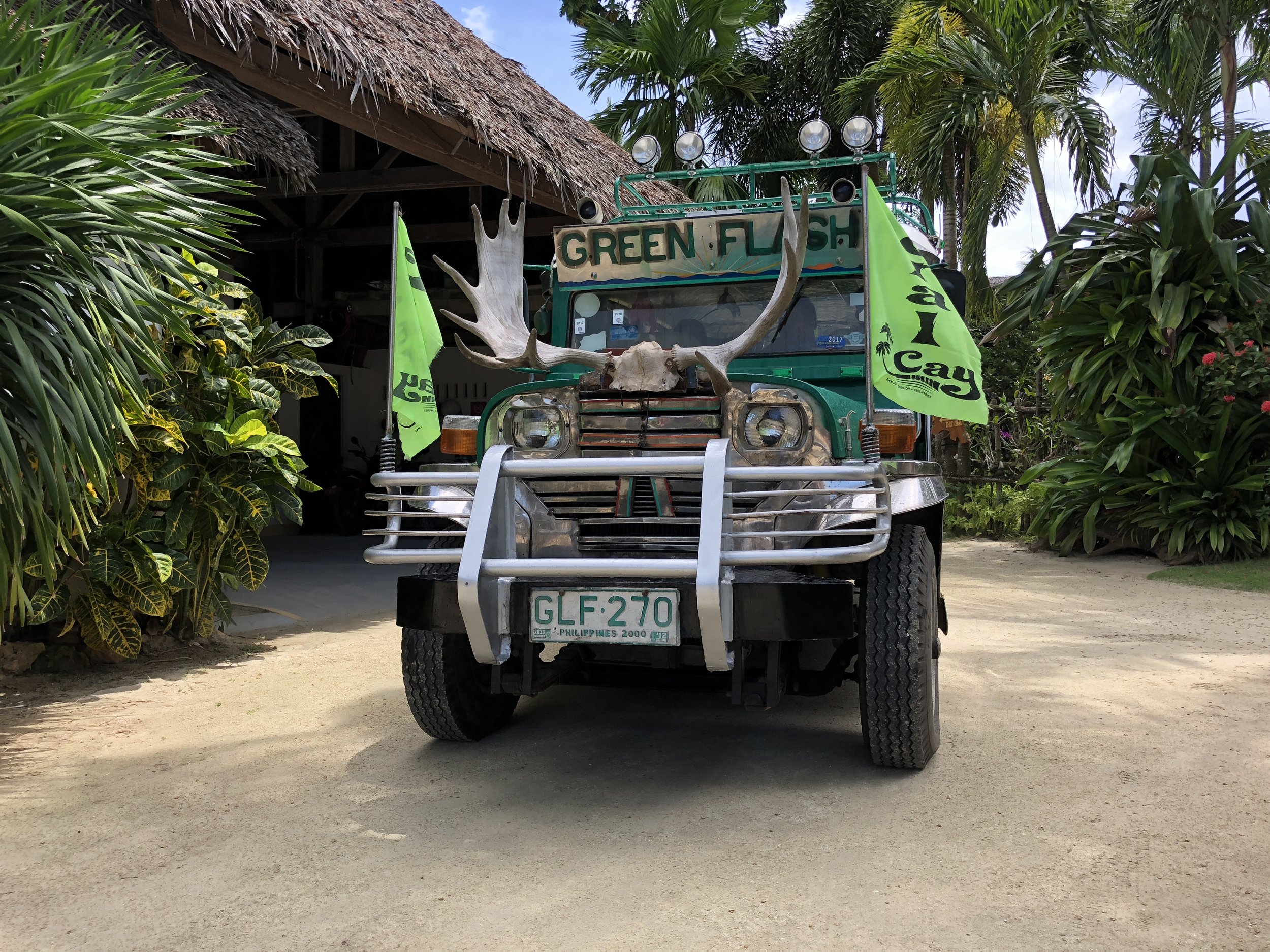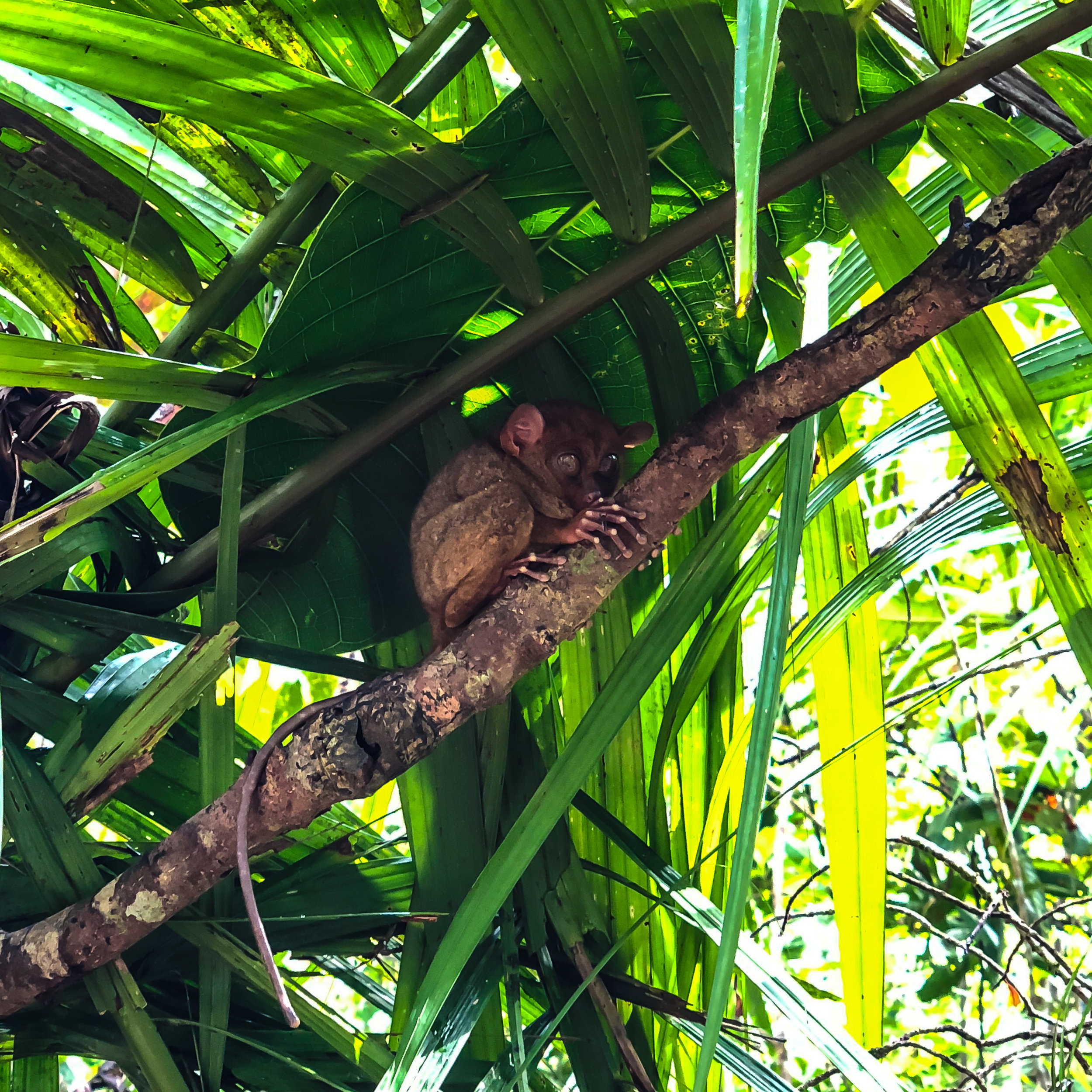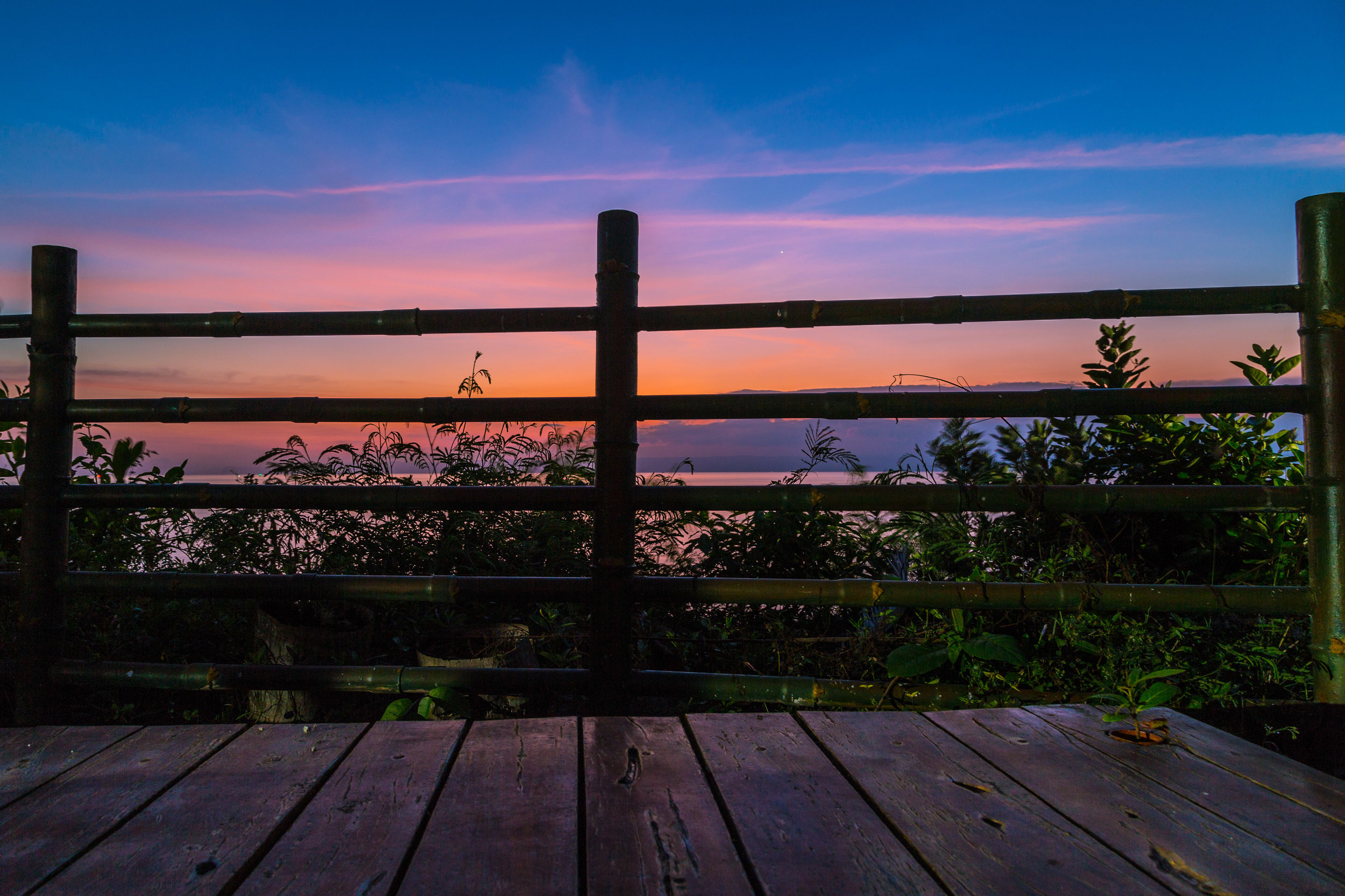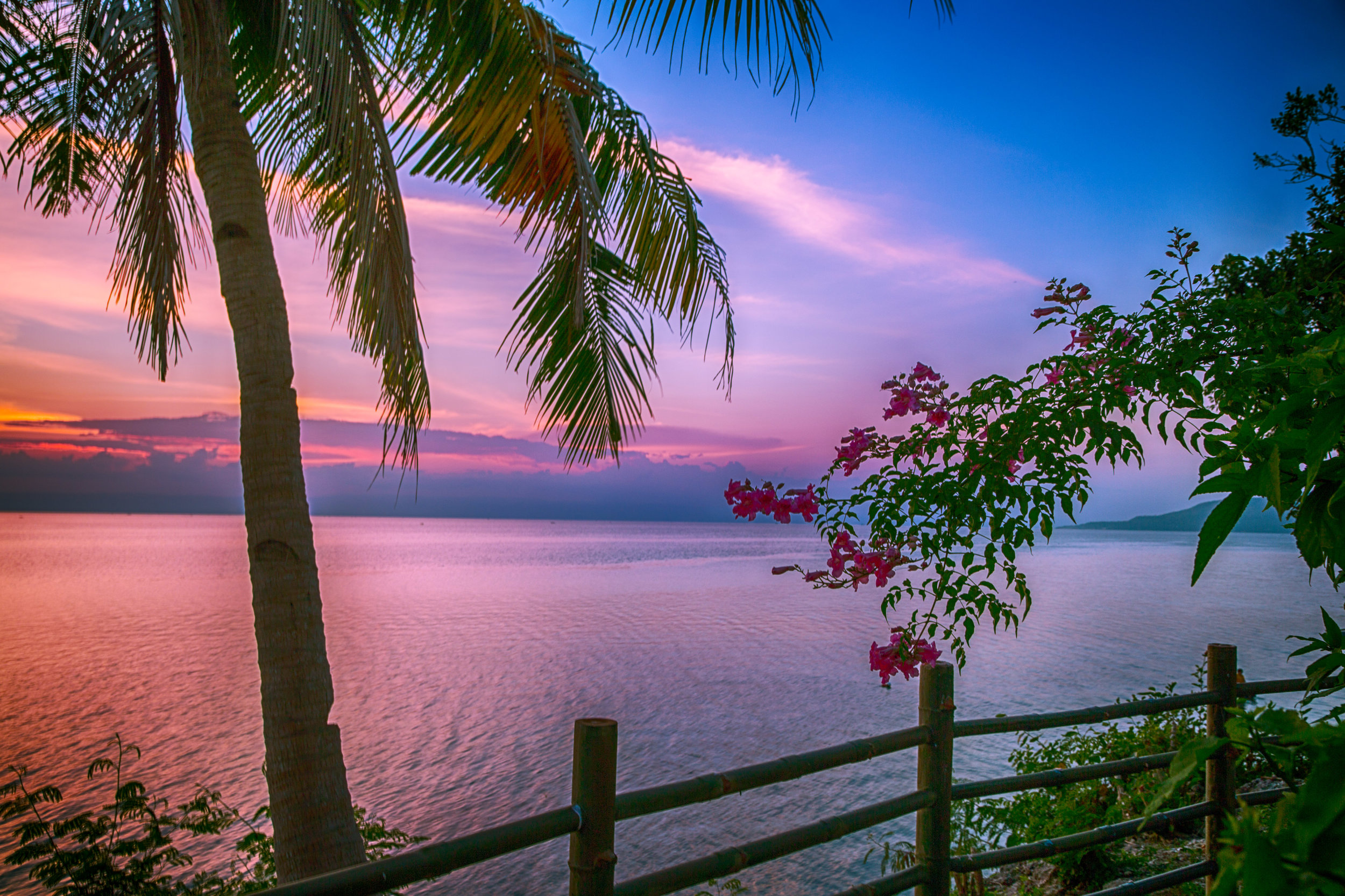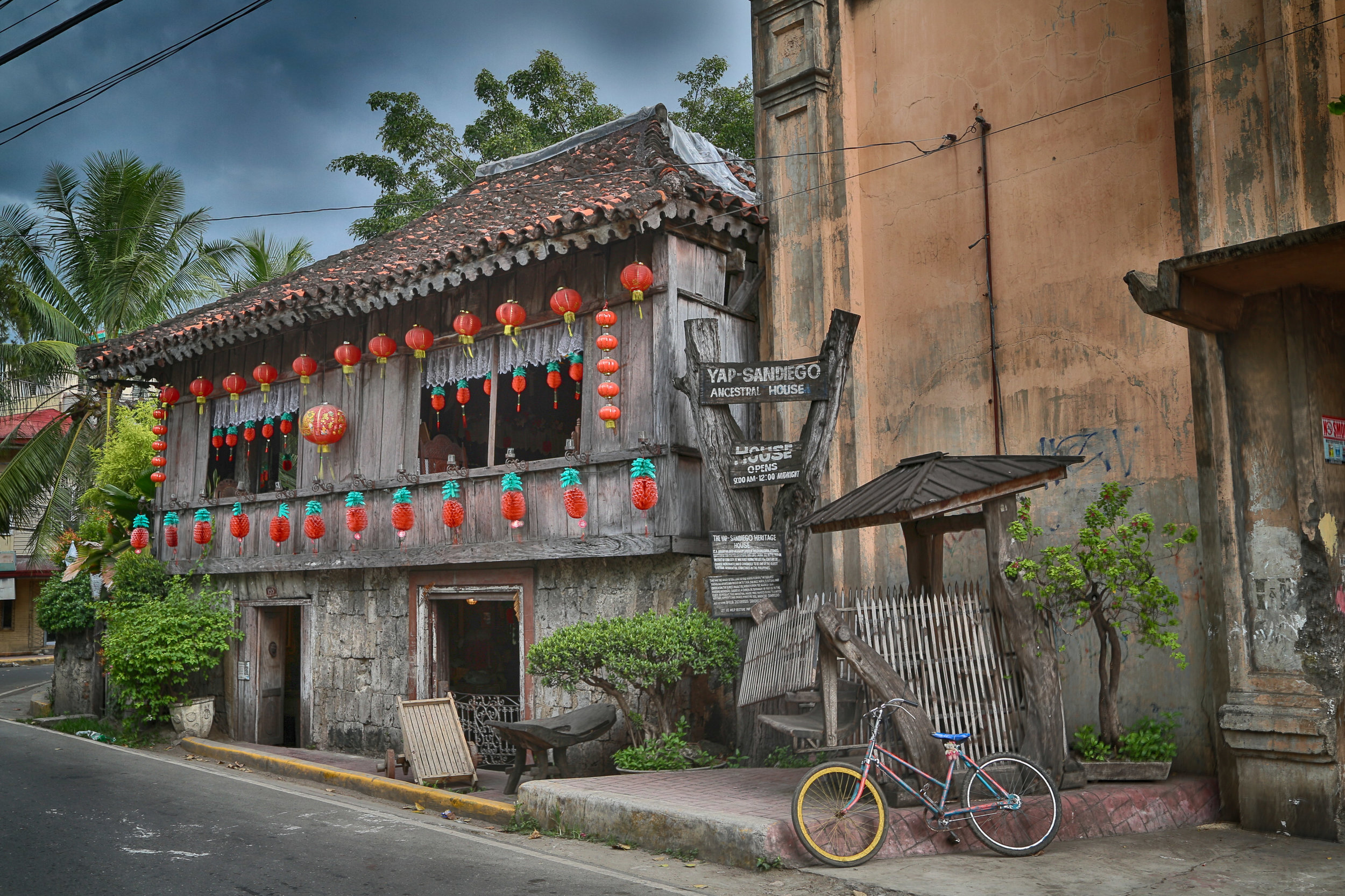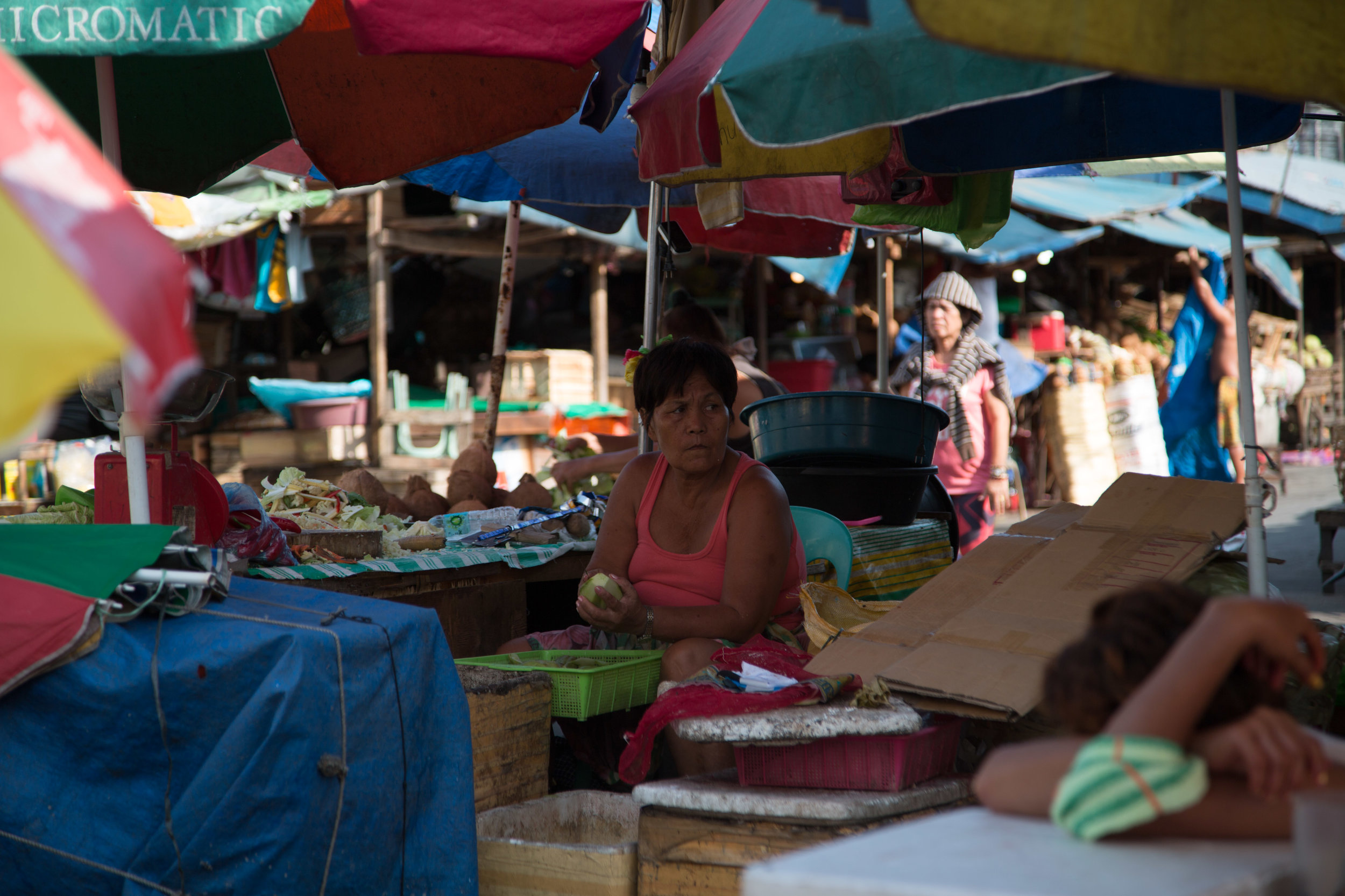One of the great things about touring the Philippines was the numerous historical stops that could be made. This was one of my favourite stops, even though the temperature was over 32 degrees that day! While I was walking about the beach @geraldineyoga at least had the sense to take some cover from the sun.
Officially known as the Fort of Saint Vincent Ferrer, the Punta Cruz Watchtower is an isosceles triangle shaped fort located in the western tip of the municipality of Maribojoc on the island of Bohol in The Philippines.
It was seriously damaged after the 2013 Bohol earthquake but has recently been renovated to its previous state and looks as good as it probably did when it was completed in 1796.
The Punta Cruz Watchtower was declared as a National Historical Landmark in February 2009. Its historical marker was unveiled by the municipality of Maribojoc and the National Historical Commission of the Philippines in May 2009. Together with other watchtowers in the region the Punta Cruz Watchtower is being considered to the UNESCO World Heritage Tentative List since 2006 under the collective group of Spanish Colonial Fortifications of the Philippines.







